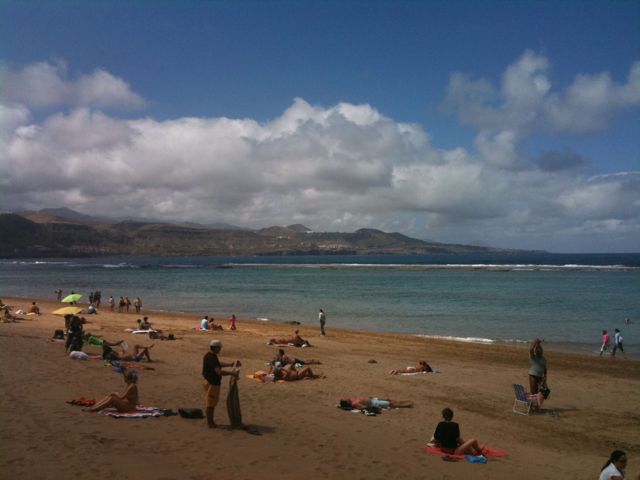The active volcano Cumbre Vieja in La Palma.
The Cumbre Vieja volcano, located on the island of La Palma in the Canary Islands, is known for its significant volcanic activity and its impact on the environment and local communities. Its latest eruption, which began on September 19, 2021 and ended on December 13, 2021, was one of the longest and most devastating in the island's history.
The 2021 eruption was the first on the island since 1971 and had a huge impact. Lava covered over 1,000 hectares, destroying more than 3,000 buildings and forcing the evacuation of around 7,000 people. The lava flow reached the sea, creating a new peninsula and an extensive system of lava tubes.
The eruption had devastating consequences for the environment and the local economy. Banana, avocado and grape crops, which are essential to the island’s economy, have been severely damaged. In addition, air quality has been compromised due to toxic gas emissions, causing respiratory problems among the local population.
Authorities have established an exclusion zone around the lava flow to protect the population from associated dangers, such as explosions and toxic gases. The island’s recovery has been a long and complex process, with extensive damage estimated at around €843 million.
The Cumbre Vieja volcano remains a powerful and unpredictable natural force. Lessons learned from the 2021 eruption are crucial to improving prevention and response measures for future volcanic eruptions, ensuring the safety of local communities and the protection of the environment.
Have you ever been to the Canary Islands?
Add your own comment or go to the bottom of the site to read what other visitors have written.
Photo taken with Canon EOS RP and lens Tamron 16-300.
To see all the photos I took on the island click here:

Where is the volcano located:
The active volcano Cumbre Vieja in La Palma – Le volcan actif Cumbre Vieja à La Palma – El volcán activo Cumbre Vieja en La Palma – O vulcão ativo Cumbre Vieja em La Palma – Der aktive Vulkan Cumbre Vieja auf La Palma – Núi lửa đang hoạt động Cumbre Vieja ở La Palma
The text of the post was written with the help of Copilot, a virtual assistant based on artificial intelligence.


















